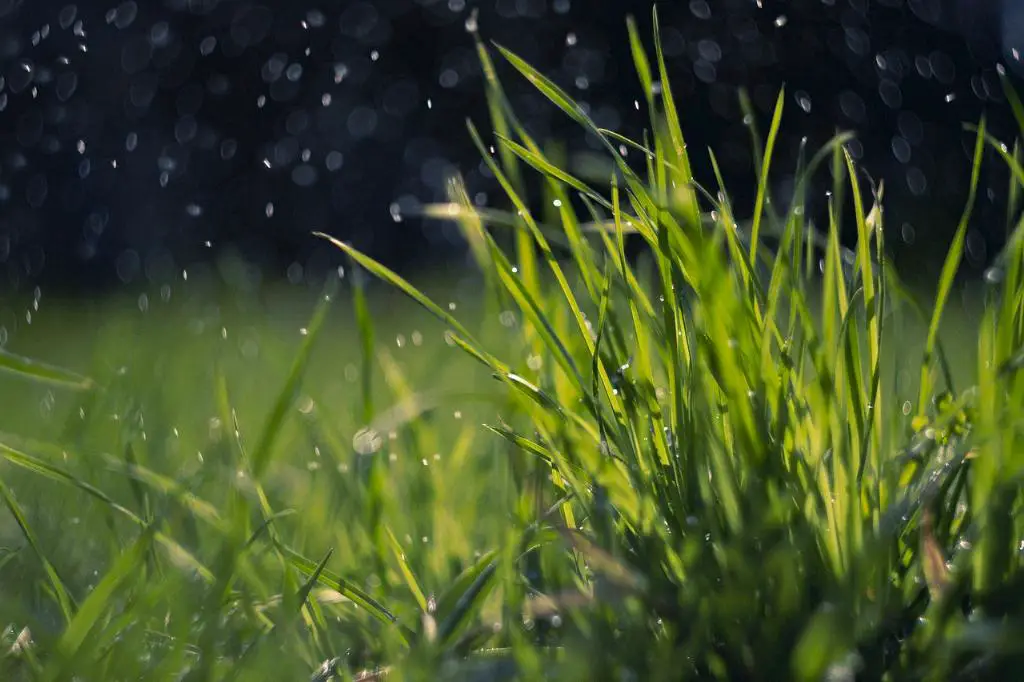When it comes to mowing the lawn, one common question that often arises is whether it is okay to mow the lawn when it’s wet. While it may be tempting to tackle your yard work regardless of the weather, there are some important considerations to keep in mind when it comes to mowing wet grass.
One crucial factor to consider is the overall health of your lawn. Mowing wet grass can actually do more harm than good. Wet grass blades are more prone to damage and tearing, which can leave your lawn susceptible to diseases and stress. It’s best to wait for the grass to dry before mowing to ensure a clean cut that promotes healthy growth.
Another reason to avoid mowing wet grass is the potential damage it can cause to your lawn mower. Wet grass clippings have a tendency to clump together, clogging the mower’s blades and underside. This can lead to inefficiency in cutting and even mechanical issues with your mower over time. To avoid these problems, it’s best to wait for the grass to dry before mowing.
Furthermore, mowing wet grass can result in an uneven cut, as the wet blades may bend or stick together during the cutting process. This can leave your lawn looking patchy and unkempt. To achieve a well-manicured lawn, it’s advisable to wait for the grass to dry out before mowing.
Aside from the physical aspects of mowing wet grass, there are also potential long-term consequences to consider. Wet grass clippings left on the lawn can create a thick layer that blocks sunlight and air from reaching the soil. This can stifle grass growth and promote the development of thatch, a dense layer of organic matter that can suffocate the grass roots.
Another issue with mowing wet grass is the increased risk of slipping and accidents. Wet grass can be slippery underfoot, making it easier to lose your footing and potentially injure yourself while operating a lawn mower. Waiting for the grass to dry before mowing reduces the risk of accidents and ensures a safer mowing experience.
In addition to the practical concerns surrounding mowing wet grass, there are also aesthetic considerations to keep in mind. Mowing wet grass can result in a messy, clumped appearance that detracts from the overall look of your lawn. To maintain a neat and well-groomed lawn, it’s best to wait for the grass to dry before mowing.
Moreover, mowing wet grass can lead to a less efficient cutting process, as the wet blades are more resistant to being cleanly cut. This can result in a less polished appearance and require more passes to achieve the desired lawn length. To save time and effort, it’s advisable to wait for the grass to dry out before mowing.
When it comes to lawn maintenance, timing is key. Mowing wet grass can disrupt the natural growth pattern of your lawn and hinder its ability to recover from stress. By waiting for the grass to dry before mowing, you allow your lawn to thrive and grow healthily, promoting a lush and vibrant landscape.
Ultimately, the decision of whether to mow the lawn when wet boils down to prioritizing the health and appearance of your lawn. While it may be tempting to tackle your yard work regardless of the weather, taking the time to wait for the grass to dry before mowing can make a significant difference in the long-term health and beauty of your lawn.
In conclusion, it’s best to avoid mowing the lawn when it’s wet to prevent damage to both your lawn and your mower. Waiting for the grass to dry before mowing ensures a clean cut, promotes healthy growth, reduces the risk of accidents, and maintains the overall appearance of your lawn. By being mindful of the conditions in which you mow your lawn, you can keep your yard looking lush, green, and well-cared-for.

